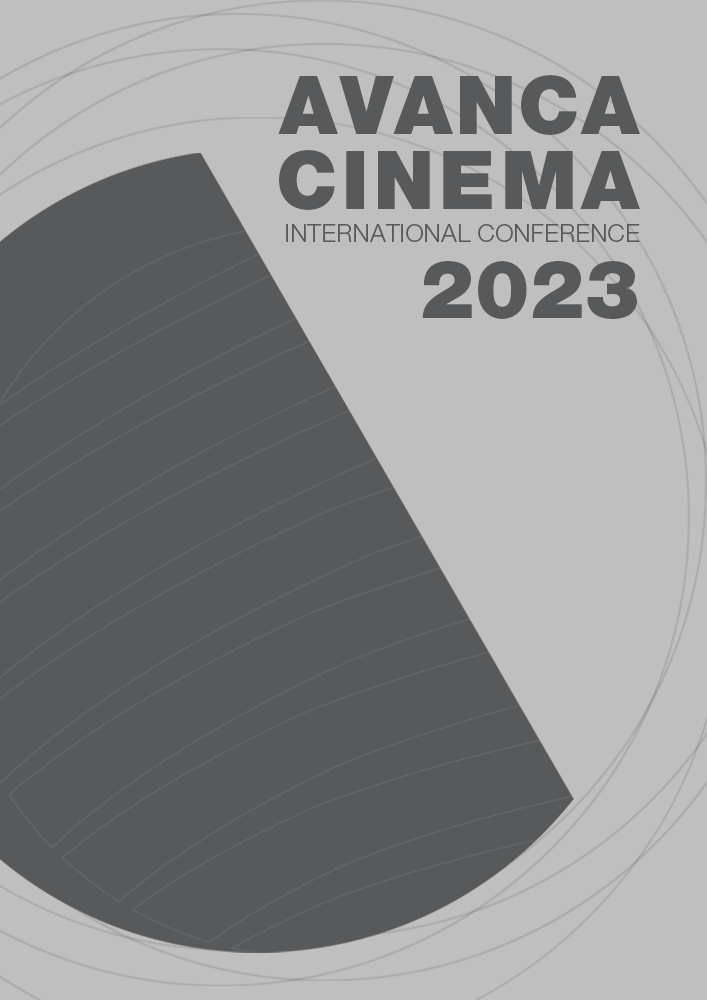Chapter II _ Cinema - Cinema
The influence of statistics in structuring the participatory and expository mode
Abstract
This article aims to discuss the relationship between the adoption of a specific mode of documentary during the ideation phase, usually performed during pre-production, and the structure of the final version of the film. This relationship will be approached by implementing quantitative analysis methods to assess the number and duration of different types of shots. To this end, we will correlate and present a statistical framework about the expository mode and the participatory mode, as defined by Bill Nichols (2001), based on an extensive analysis of the documentaries Inside Job (Ferguson 2010) and Capitalism: A Love Story (Moore 2009). The shot analysis includes the number of interviewees, cutaway shots (b-roll), graphics, and archive footage, as well as the duration of each of these elements. Based on this analysis, we will analyse the two films in order to better understand what constitutes the essence of each of these documentary modes through the lens of statistics, as well as reflect on how this data can help structure the editing process.

This work is licensed under a Creative Commons Attribution 4.0 International License.

